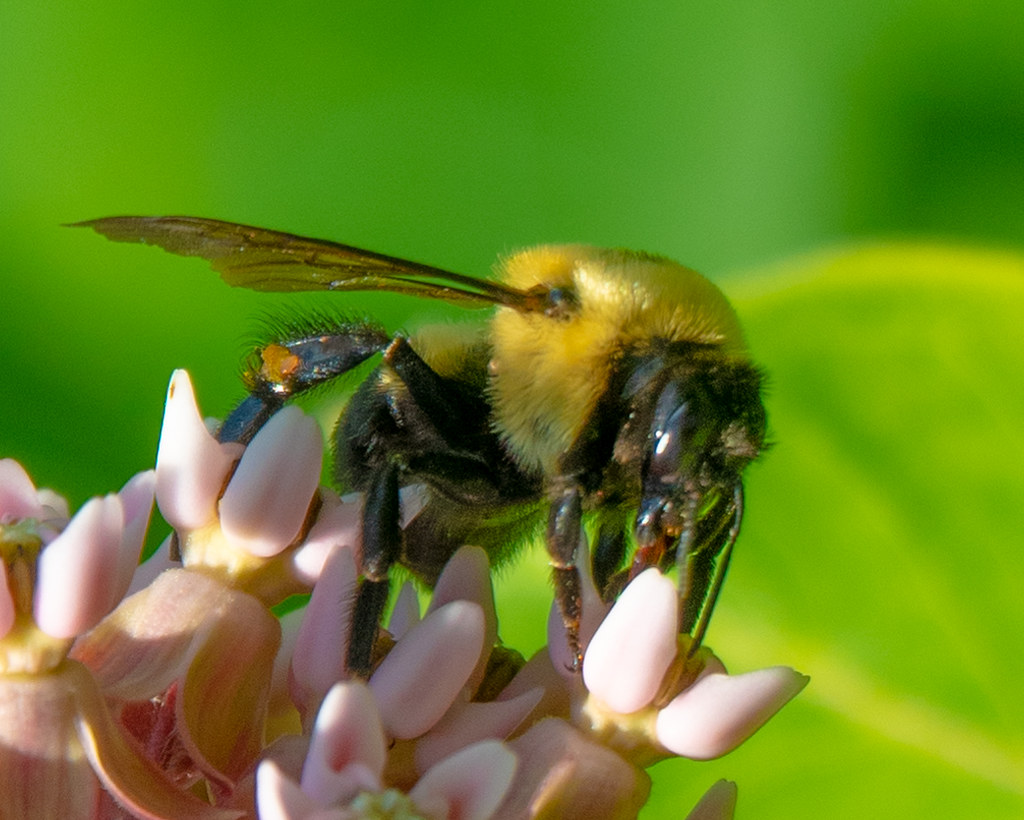A suburb of the country’s capital is showing how urban planning can be harnessed to benefit both humans and wildlife
“Pollinators were the key,” says Edgar Mora, reflecting on the decision to recognise every bee, bat, hummingbird and butterfly as a citizen of Curridabat during his 12-year spell as mayor.
“Pollinators are the consultants of the natural world, supreme reproducers and they don’t charge for it. The plan to convert every street into a biocorridor and every neighbourhood into an ecosystem required a relationship with them.”
The move to extend citizenship to pollinators, trees and native plants in Curridabat has been crucial to the municipality’s transformation from an unremarkable suburb of the Costa Rican capital, San José, into a pioneering haven for urban wildlife.
Now known as “Ciudad Dulce” – Sweet City – Curridabat’s urban planning has been reimagined around its non-human inhabitants. Green spaces are treated as infrastructure with accompanying ecosystem services that can be harnessed by local government and offered to residents. Geolocation mapping is used to target reforestation projects at elderly residents and children to ensure they benefit from air pollution removal and the cooling effects that the trees provide. The widespread planting of native species underscores a network of green spaces and biocorridors across the municipality, which are designed to ensure pollinators thrive.
“The idea came from a narrative that people in cities are prone to defending nature when it is far away, when it is a distant concept, but they are negligent when it comes to protecting nature in their immediate environment,” says Mora, who has since become a senior design strategist with the global architecture firm Gensler, after a brief spell as education minister.
“Urban development should be, at least to some extent, aligned with the landscape instead of the other way round,” he says.
‘Cities are a long way behind’
The metropolitan area surrounding San José is home to more than 2 million people – about half of the population of Costa Rica – despite covering less than 5% of the country’s area.
Were it not for the lush volcanic peaks that surround Costa Rica’s central valley, it would not be immediately obvious that you were in the heart of one of the most biodiverse countries on the planet. Humans dominate and the country’s cloud forests, pristine coastline and emblematic sloths can feel a long way from the concrete and traffic.
Read the rest of the article by Patrick Greenfield published on April 29,2020 in The Guardian here.

